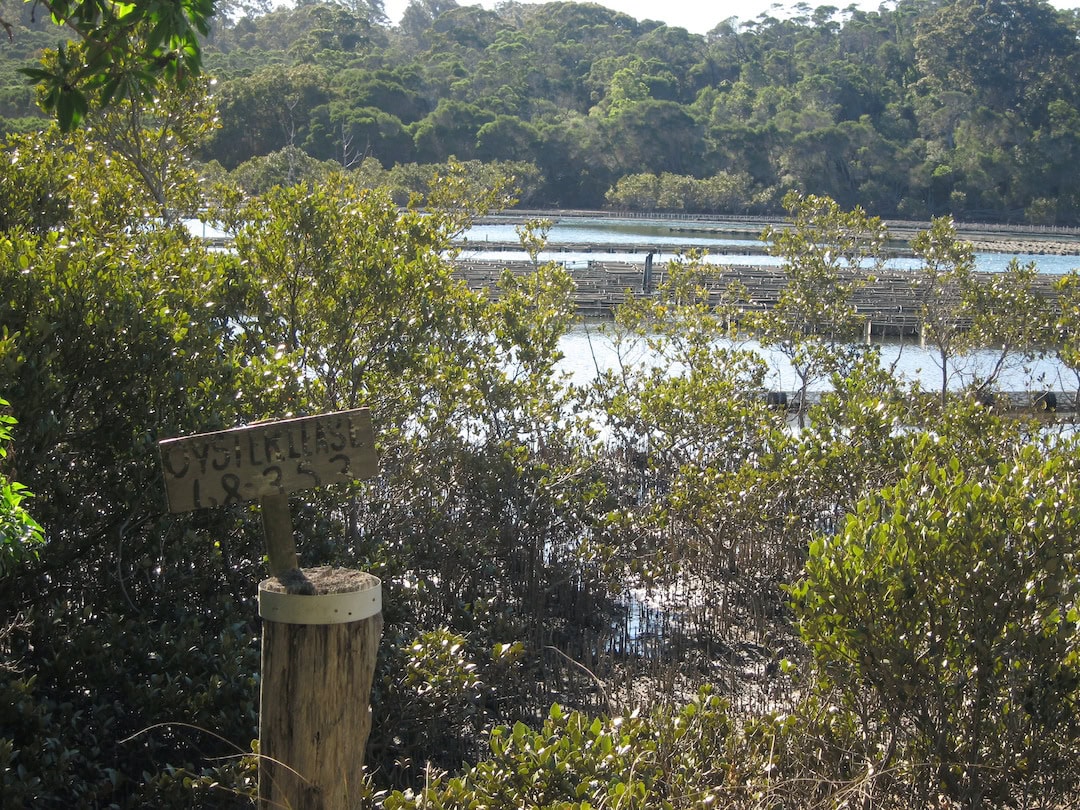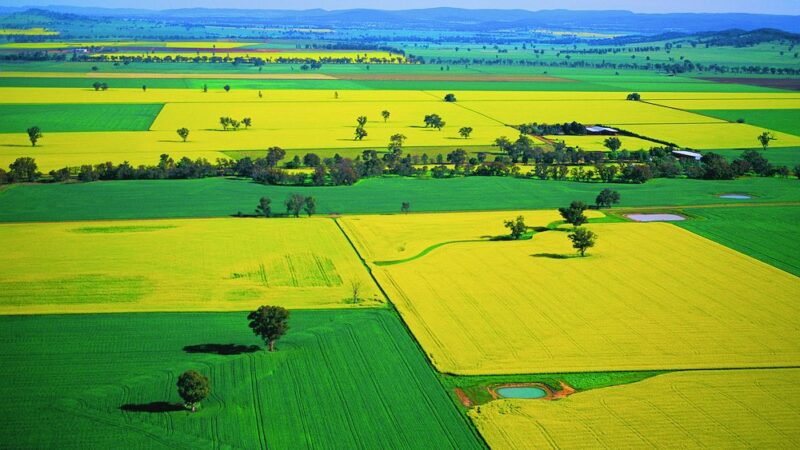Oyster farmers teamed up with Kempsey Shire Council to clean up near South West Rocks…
The oyster industry’s future looks bright

In the aftermath of devastating back-to-back flooding events, NSW oyster farmers finally have reason to celebrate – thanks to dry weather and a settled environment, the outlook is looking great for this summer.
According to NSW Farmers Oyster Projects Manager Andy Myers, the state’s oyster farmers have good reason to feel positive.
“There’s no doubt the last few years have been very tough, with bushfires, floods, the Covid pandemic – all of these events knocked the oyster industry around. Water quality is everything to the industry, so coming out of those disturbance periods into a dry spell is very good news,” Mr Myers said.
Mr Myers says having stability in the estuaries provides a lot more certainty for oyster farmers, and more sales opportunities for the industry.

“When there’s a major rain event, automatically the estuaries close to harvest and the farmers can’t sell for a certain period, as they work out what the impact has been. So, normally, that’s about three weeks that the farmers are missing all their sales opportunities during that window.”
Mr Myers, NSW Farmers Oysters Project Manager
“But with a dry period, the water quality is more predictable and there are obviously more sales opportunities so those conditions have had a very positive impact.
“Our oyster farmers have seen a lot of stunted growth over the last two years, with some mortality in the stock, due to the compounding effect of all the disturbances they’ve faced. But with the dry weather, they’re definitely looking forward to a very positive summer.”
Oyster farmer Anna Simmonds, from Pambula Lake, says it’s a huge relief that conditions are improving, following a tough few years.
“There’s been compounding effects starting off with the fires, Covid lockdowns, significant flooding events and the devastating disease outbreak at Port Stephens. At my farm at Pambula Lake, we were hit with a devastating flood event in March, 2021 – entire leases were taken out into the ocean, and more than 20 silage bales from nearby farms came down the river with the floodwaters,” Ms Simmonds says.

“The bales are around a tonne dry so you can imagine what they’re like when they’re water logged, so that was a devastating event, causing extensive damage to oyster infrastructure. Following that was the compounding freshwater events that meant oysters weren’t growing during that time, so we were dealing with stunted growth, and high levels of mortality. So, it wasn’t a good time to be an oyster farmer.
But Ms Simmonds claims things are definitely looking up – the 2023 season has been very positive, with drier conditions, particularly down south.
“There was strong demand for Sydney rock oysters around Easter and then oyster farmers have enjoyed a decent winter, so it’s looking good for the oyster industry overall. Prices for Sydney rock oysters are good so we’ve got the supply and the good conditions there,” Ms Simmonds says.
“We’ve really changed our mindset from treading water and being in survival mode, to a position where people are starting to be more positive. So now we’re looking forward to making more strategic decisions again, which is wonderful to see.”

However, Ms Simmonds cautions that there are still challenges ahead for the oyster industry.
“It’s not all fantastic news because we’re already are seeing some bushfire activity close to Bermagui River and Wapengo Lake ( both oyster farming estuaries). So while we are positive and it’s looking to be a good season, the bushfire threat of this summer season is forefront in the farmers’ minds – especially as so many of us are not only oyster farmers but many of us have rural holdings,” Ms Simmonds says.
“Our homes are surrounded by bush, and we store most of our gear in the ushthere, so it’s positive but we are still very mindful of what Mother Nature might throw to us over the next three-six months.”
If you enjoyed this story, check out our article on managing Varroa mites.








